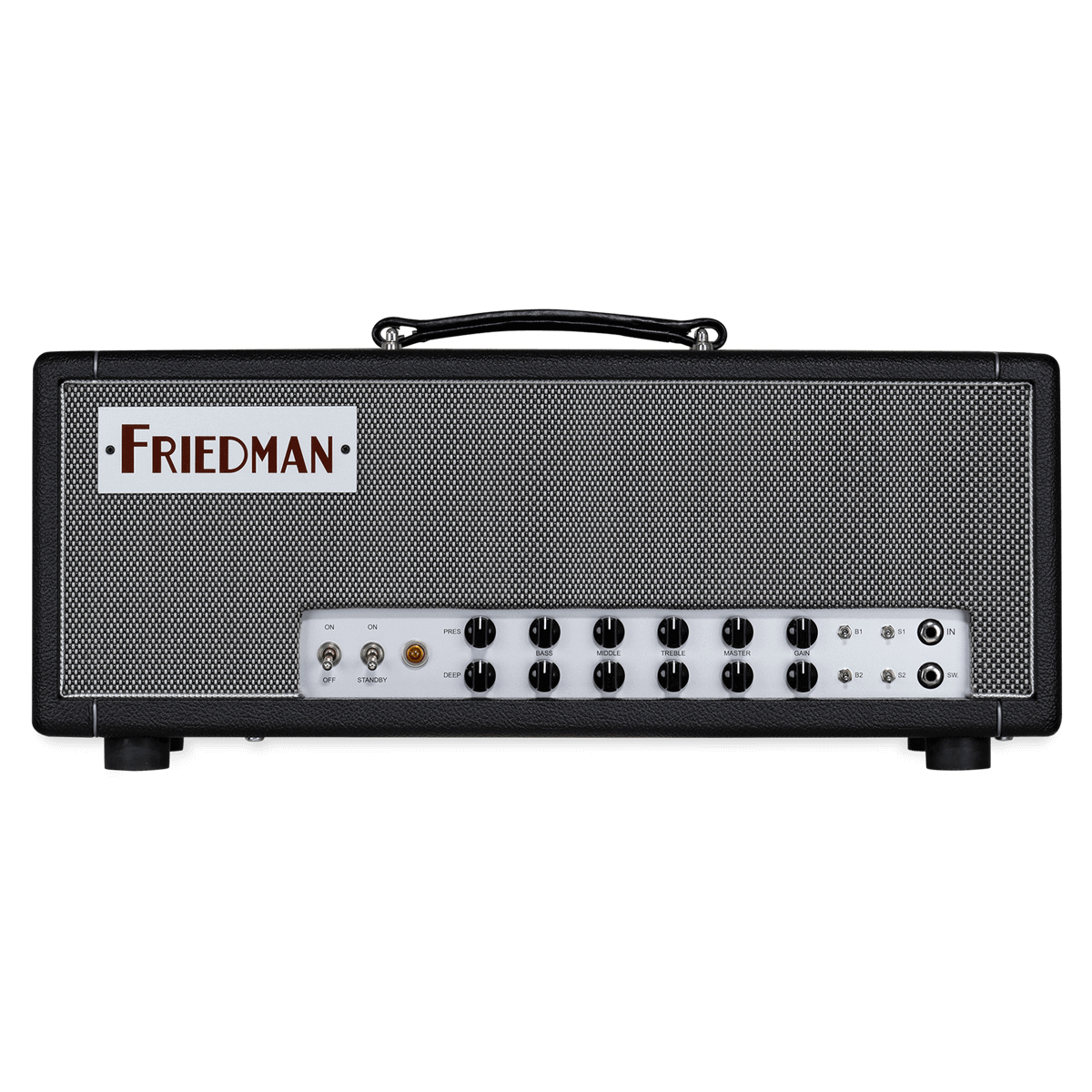I love my NMV, 4-hole amps. I love the range of tones I can get from them with a couple of pedals and my guitar’s volume knob. But I’m left wondering about one feature of channel switching amps, particularly Mesa amps. That is the ability to switch to higher power amp output on clean channels, and to lower power output on overdrive channels.
It seems to me that with NMV, “single channel” amps, you’re inevitably going to have lower volume when you back off to a clean sound. This maybe isn’t a big deal since the band can back off with you, so it gives everything more dynamics. With the power amp switching described above, though, you can keep your clean tones as loud as your saturated tones. That way the band can keep chugging while you have a pristine clean.
My questions are, how well does this power switching work in practice, and how much does it even matter? I’m not selling my 1987 to fund a Mk VII, but maybe when I start gigging again a Mesa would be nice to have for playing live. What is the case for using one of these amps?
It seems to me that with NMV, “single channel” amps, you’re inevitably going to have lower volume when you back off to a clean sound. This maybe isn’t a big deal since the band can back off with you, so it gives everything more dynamics. With the power amp switching described above, though, you can keep your clean tones as loud as your saturated tones. That way the band can keep chugging while you have a pristine clean.
My questions are, how well does this power switching work in practice, and how much does it even matter? I’m not selling my 1987 to fund a Mk VII, but maybe when I start gigging again a Mesa would be nice to have for playing live. What is the case for using one of these amps?





